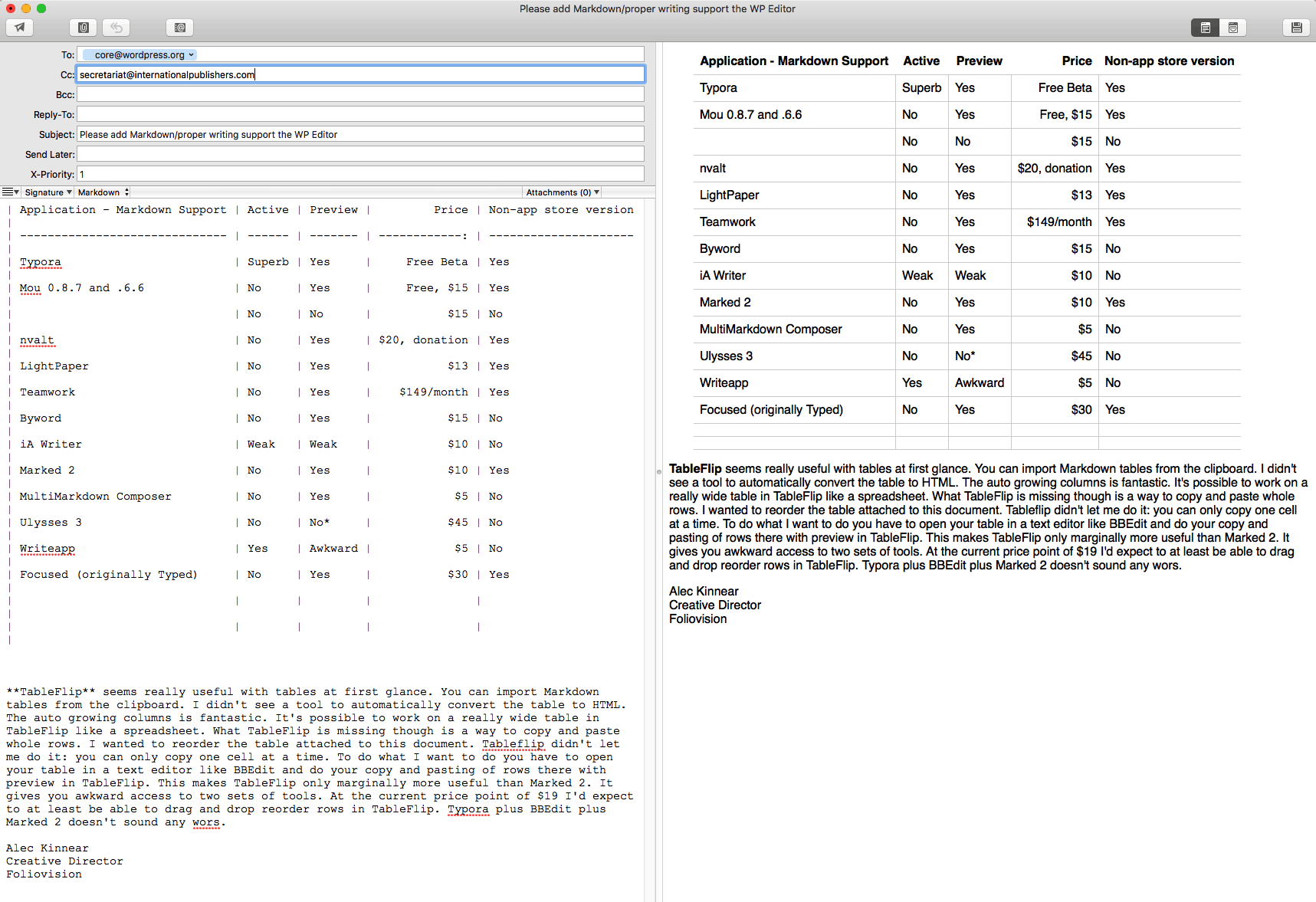

Bacon ipsum dolor sit amet t-bone doner shank drumstick, pork belly porchetta chuck sausage brisket ham hock rump pig. Chuck kielbasa leberkas, pork bresaola ham hock filet mignon cow shoulder short ribs biltong. This is a normal paragraph following a header. There should be no margin below this final sentence. There should be no margin above this first sentence.īlockquotes should be a lighter gray with a gray border along the left side. There should be whitespace between paragraphs. Links should be blue with no underlines (unless hovered over). You need to load required latex packages by yourself.Text can be bold, italic, or strikethrough. In LaTeX, it is known that striped lines is not working with tufte handout since right now I cannot insert a latex package to its LaTeX header.add_header_above and add_footnote should be able to work in any conditions but if you are using kable_styling in customed templates it can get a little tricky.In HTML, bootstrap_options in kable_styling assumes you to have bootstrap 3 style sheet loaded to have all features functioning.It’s a limitation of the current setup of rmarkdown.

Rmarkdown footnote code#
R code written in there won’t be executed. When you are using header-includes together with kableExtra, you cannot use inline R codes in header-includes.Create Awesome LaTeX Table with knitr::kable() and kableExtra.Create Awesome HTML Table with knitr::kable() and kableExtra.# LaTeX Table kable(dt, format = "latex", booktabs = T, caption = "Demo Table") %>% kable_styling( latex_options = c( "striped", "hold_position"),įull_width = F) %>% add_header_above( c( " ", "Group 1" = 2, "Group 2" = 2)) %>% add_footnote( c( "table footnote")) Resultsįor more information, please check the package vignette. Installĭt % kable_styling( bootstrap_options = "striped",įull_width = F) %>% add_header_above( c( " ", "Group 1" = 2, "Group 2" = 2)) %>% add_footnote( c( "table footnote")) As a result, if users want to left align the table, kable(.) %>% kable_styling(position = "left") will work in both HTML and PDF. In fact, as long as you specifies format in kable() (which can be set globally through option ), functions in this package will pick the right way to manipulate the table be themselves. Most functionalities in kableExtra can work in both HTML and PDF. There is no reason why we cannot use it with tables. We see similar approaches to deal with plots in packages like ggvis and plotly. It is a package that can “add features” to a kable() output using a syntax that every useR loves - the pipes %>%. KableExtra is NOT a table generating package. For customized rmarkdown templates, it is recommended to load related LaTeX packages manually. This package can load required LaTeX package automatically in vanilla rmarkdown. Only have to mess with raw HTML/LaTeX in the last 10% cases where kableExtra cannot solve the problem.Use kable() with kableExtra to generate 90 % of complex/advanced/self-customized/beautiful tables in either HTML or LaTeX.Use default base kable() (Or a good alternative for markdown tables is pander::pander()) for all simple tables.For LaTeX, it’s even worse since I’m almost Stack Overflow dependent for LaTeX… That’s why this package kableExtra was created. Also, for me personally, I found myself repeatedly parsing CSS into kable() for some very simple features like striped lines.

Rmarkdown footnote how to#
It is not rare to see people including experienced users asking questions like how to center/left-align a table on Stack Overflow. However, the ultimate simplicity of kable() also brought troubles to some of us, especially for new R users, who may not have a lot of experience on generating tables in R. It is not intended to replace any other R packages for making tables. Just as it claimed in its function description, Unlike those powerful table rendering engines such as xtable, the philosophy behind knitr::kable() is to make it easy for programmers to use. When we are talking about table generators in R, knitr’s kable() function is usually a popular choice because of its ultimate simplicity.


 0 kommentar(er)
0 kommentar(er)
